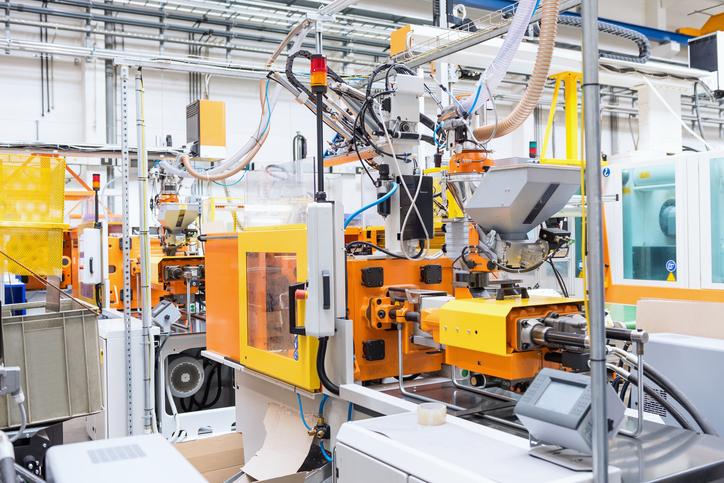Lean manufacturing usually refers to a set of principles that most lean thinkers use to accomplish improvements in quality, lead-time, and productivity by eliminating waste. The primary goal is to deliver a defect-free service or product to the customer in the needed quantity and when it is required.
While these tasks may appear challenging for a manufacturer at the beginning of an improvement plan, there are various concrete steps that one can undertake to change the culture at any firm. For many businesses, all it takes to reduce waste and considerably increase efficiency is a determination to dive in right away and a willingness to keep on trying creative and new ideas to discover what works best.
Once you can increase workflow organisation, simplify all your manufacturing tasks, listen to your staff in the manufacturing department, take steps to minimise errors, your company will start to see improved employee training and morale, improved efficiency, reduced waste, and a better ability to produce items on a predictable schedule. The following are some of the ways lean manufacturing helps to improve manufacturing processes.
Reduced Lead Time
Lean businesses use a pull technique to move products and materials through the process of production. A pull system needs the next step in the process of manufacturing to pull the products through only when in preparation. For instance, some companies utilise a batch system when moving materials through the process of production. A product is only moved forward when a batch gets completed at the subsequent workstation. The principle in lean manufacturing is entirely a single-piece procedure having one product going through the line of production at one given time. This process reduces lead-time and eradicates bottlenecks in the whole process. A reduction in the lead-time enhances customer service giving the firm a competitive advantage in the market.
Reduced Inventory Expenses
A lean company maintains only enough stock to finish orders. Customer orders initiate the purchase of materials that will meet the order requirements. Large inventories of supplies and materials tie up money that an organisation can use to develop itself and drive forward.
Employee Morale and Involvement
Quality improvement methods allow employees to contribute to changes in production methods and processes. You can empower workers to participate in the change processes by giving them lean manufacturing courses to increase their morale, which increases productivity in return. An empowered and productive workforce increases the rates of production and reduces expensive employee turnover.
Quality Improvements
Most of the lean manufacturing systems concentrate on making small improvements in the organisational processes to enhance the general quality of a product. Developing the process and the quality of a product improves customer satisfaction and reliability. In a lean production system, workers have the power to make developments at any step in the manufacturing process. For instance, employees at every workstation should make sure that the products meet quality before they move it to the subsequent workstation. If a product does not meet the quality specifications, the employees can send it back to the previous workstation for improvements. The system develops quality inspections and checks into the manufacturing process instead of reviewing the product at the end of the whole process.
Successful lean manufacturing programs, when implemented lead to numerous benefits. Some of the countless benefits of lean manufacturing initiatives include higher throughput, increased efficiency, more predictable timing when it comes to the production process, and consequently a higher aptitude to forecast production plans and also meet product deliveries.





